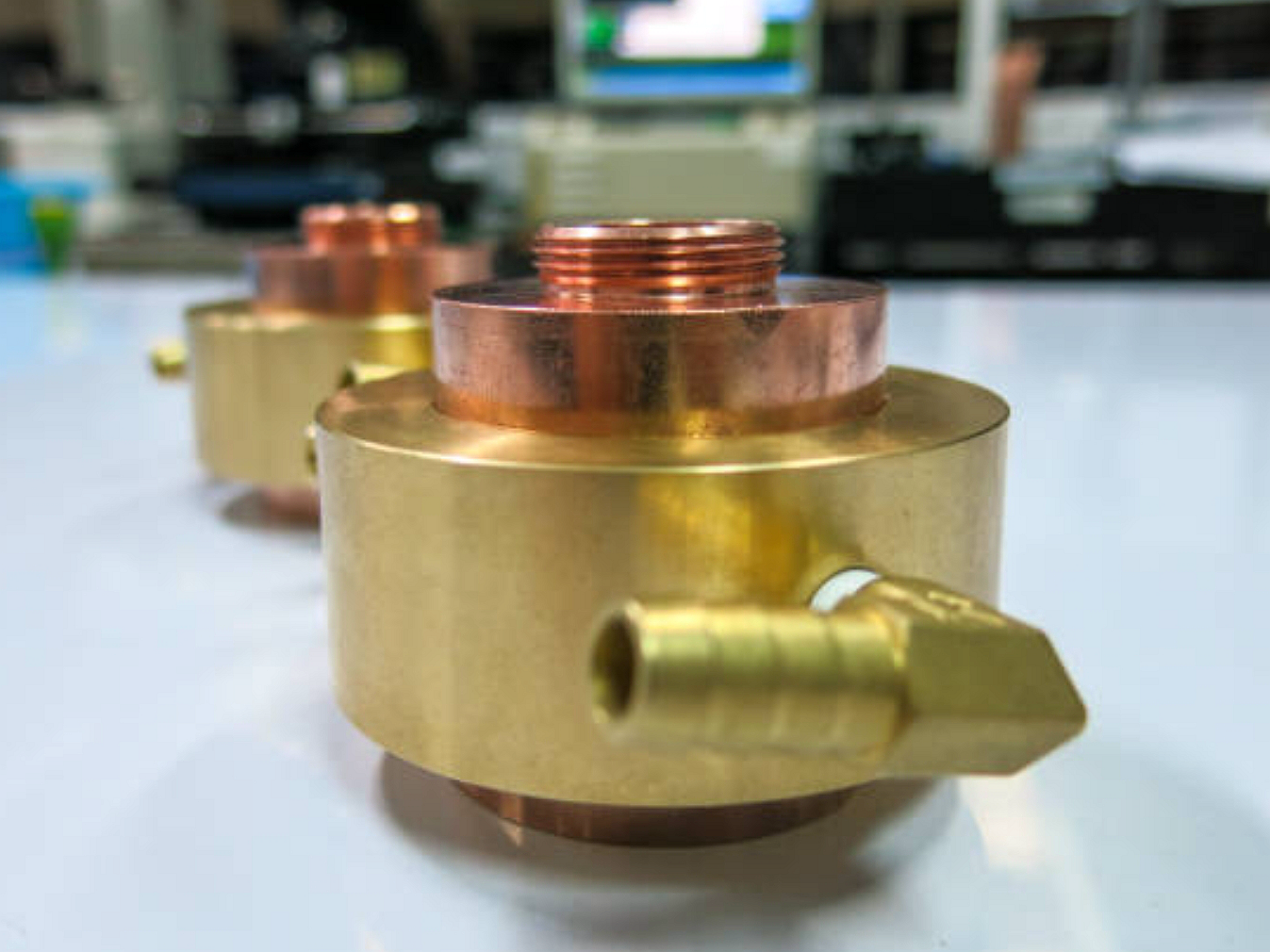Brass CNC Machining for Precision Industrial Oil and Gas Valves and Fittings
Introduction
In the demanding environment of the oil and gas industry, reliable and precise components are critical to maintaining safety, efficiency, and consistent performance. Brass CNC machining is increasingly recognized as an optimal method for manufacturing components requiring tight tolerances, corrosion resistance, and excellent machinability. Brass’s distinct properties, such as superior mechanical strength and resistance to harsh environmental conditions, make it an ideal material for high-performance components. This comprehensive exploration details the brass CNC machining capabilities, discussing manufacturing processes, material properties, surface treatments, and industry-specific applications, highlighting the advantages and limitations.
Manufacturing Process
The process of precision brass CNC machining integrates several advanced manufacturing techniques, each specifically tailored to deliver high-quality brass C360 and C377 components essential for the oil and gas industry:
CNC Milling Service: Used extensively to achieve intricate designs and detailed geometries essential for industrial valve bodies and specialized fittings.
CNC Turning Service: Ideal for producing cylindrical parts such as precise connectors, couplings, and threaded fittings, which are foundational to pipeline assembly.
CNC Drilling Service: Ensures high accuracy for assembling interfaces, including critical drilling and tapping operations for flawless component interaction.
Multi-Axis Machining Service: Facilitates complex and precise geometries, enhancing overall accuracy, reducing production cycles, and minimizing the necessity for multiple setups.
CNC Grinding Service: Provides exceptional surface finishes and tight dimensional tolerances, which are crucial for high-performance parts subject to rigorous operational demands.
Collectively, these precision processes guarantee robust brass components, ensuring reliability and operational effectiveness within the harsh conditions characteristic of oil and gas exploration and production.
Material Properties: Brass Alloy
Brass, an alloy predominantly composed of copper and zinc, is extensively favored within the oil and gas industry. The unique material properties of brass include:
Excellent machinability facilitating precision and detailed part features.
Robust corrosion resistance, particularly advantageous in marine and subsea environments.
Strong mechanical strength and durability, ensuring long-term reliability even under demanding operational stresses.
Superior electrical and thermal conductivity, enhancing functionality in specialized applications requiring heat or electrical management.
Specific brass alloys like C360 offer an optimal balance of machinability, durability, and corrosion resistance, making them particularly suitable for precision-engineered oil and gas components.
Surface Treatments for Enhanced Reliability
To maximize the operational life and performance reliability of CNC machined brass components in severe environments, specialized surface treatments are essential:
Electroplating: Significantly enhances corrosion resistance, durability, and electrical conductivity.
Passivation: Offers additional protection by forming a thin, robust, corrosion-resistant oxide layer.
Electropolishing: Creates ultra-smooth, defect-free surfaces, reducing friction, wear, and contamination risks critical in high-precision applications.
PVD Coatings: Provides increased surface hardness, superior abrasion resistance, and long-lasting protection against extreme operational conditions.
These carefully selected treatments significantly prolong brass component durability, enabling them to withstand the demanding conditions typical in oil and gas operations.
Industry Application
Brass CNC machined components are integral to numerous critical applications within the oil and gas industry, including:
Valve and Pump Components: Machined brass valves ensure efficient fluid control, significantly influencing operational reliability.
Connectors and Couplings: These components provide secure and precise pipeline connections essential to maintain structural integrity under high pressures.
Control and Measurement Devices: Precision-machined brass parts enhance sensitive instrumentation's accuracy, reliability, and overall performance.
Subsea and Offshore Applications: Due to brass’s superior corrosion resistance, it is highly suitable for harsh marine environments, reducing the need for frequent maintenance or replacements.
The reliability of brass components profoundly impacts operational safety, efficiency, and overall industry effectiveness.
Advantages and Limitations
Advantages:
Exceptional machinability ensures high precision and cost-efficient manufacturing processes.
Strong corrosion resistance significantly prolongs component lifespan in harsh operational conditions.
Optimal thermal and electrical conductivity enhances performance versatility across diverse applications.
Reliable structural integrity ensures sustained performance, even under extreme temperatures and pressures common in oil and gas environments.
Limitations:
Brass is susceptible to dezincification (selective corrosion) when exposed to aggressive environmental factors if untreated.
Brass offers comparatively lower mechanical strength than steel alloys, potentially limiting its usage in exceptionally high-load applications.
Potential for stress cracking if exposed to certain chemical environments without appropriate surface treatments.
Nonetheless, brass remains widely favored for its overall performance advantages, particularly when appropriately treated to mitigate its limitations.
FAQs
Why is brass frequently chosen for precision oil and gas components?
What machining techniques provide the highest precision for brass components?
How do surface treatments enhance brass component performance in oil and gas environments?
What are the main challenges in CNC machining brass for oil and gas applications?
How can dezincification be prevented in brass components?

